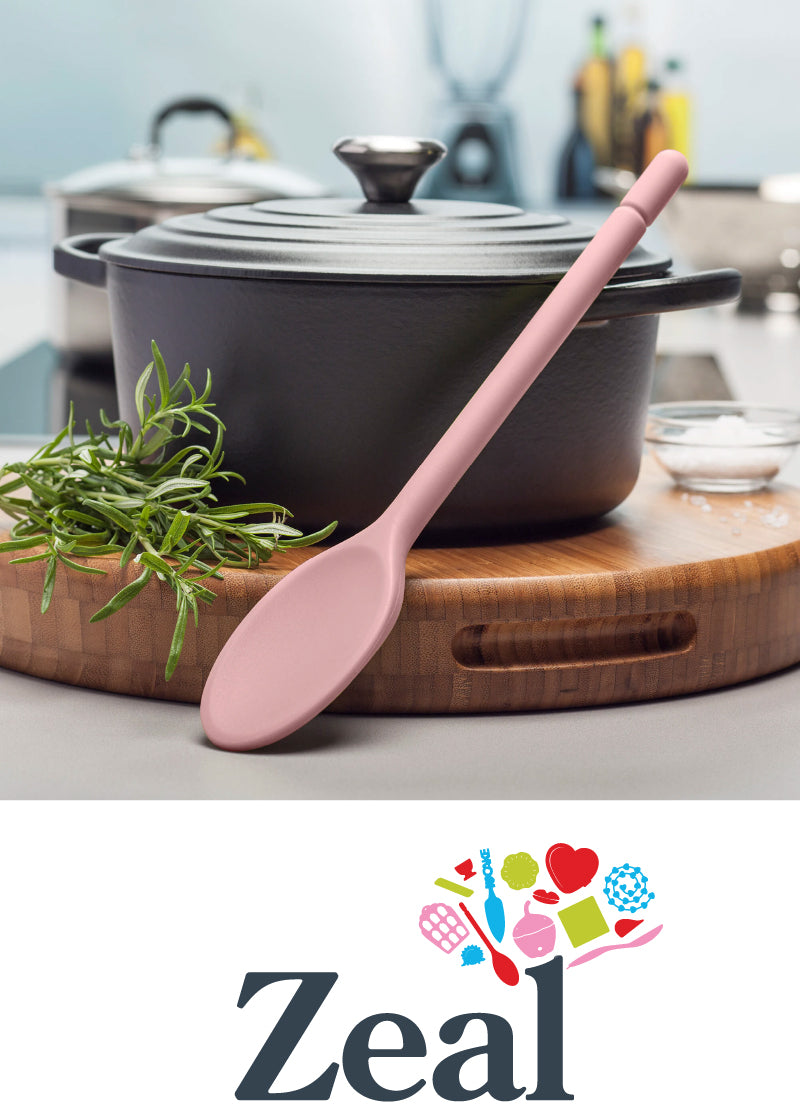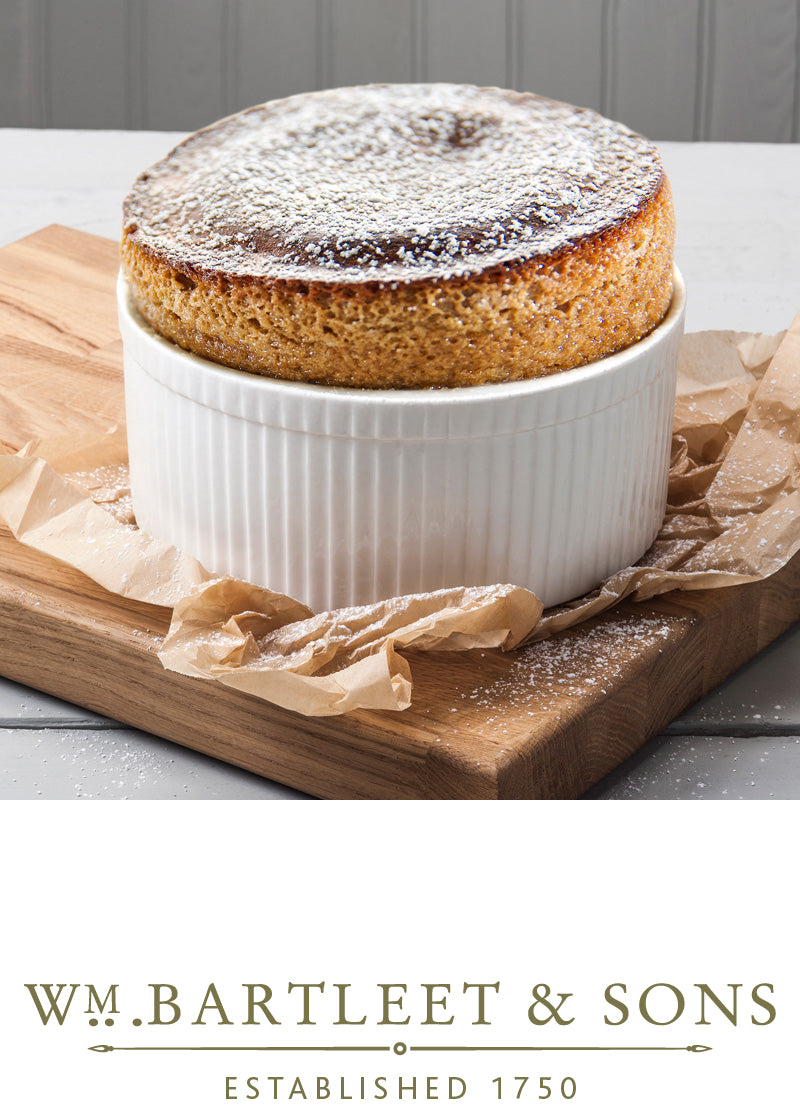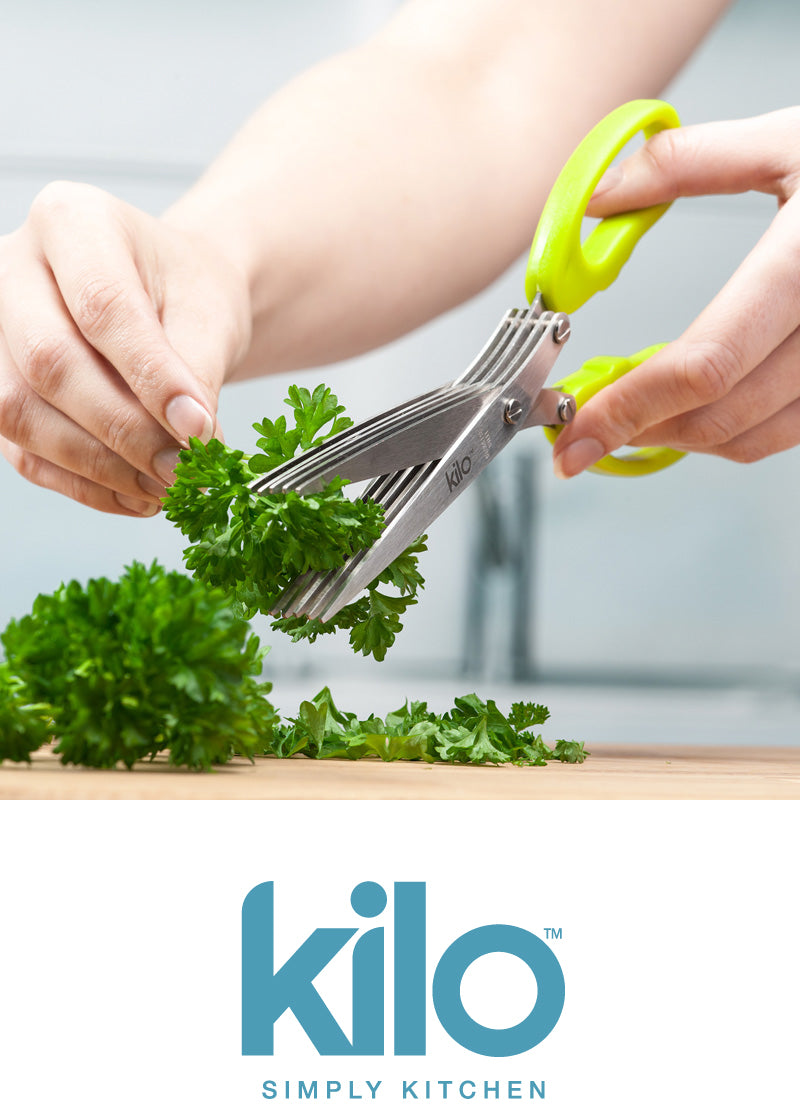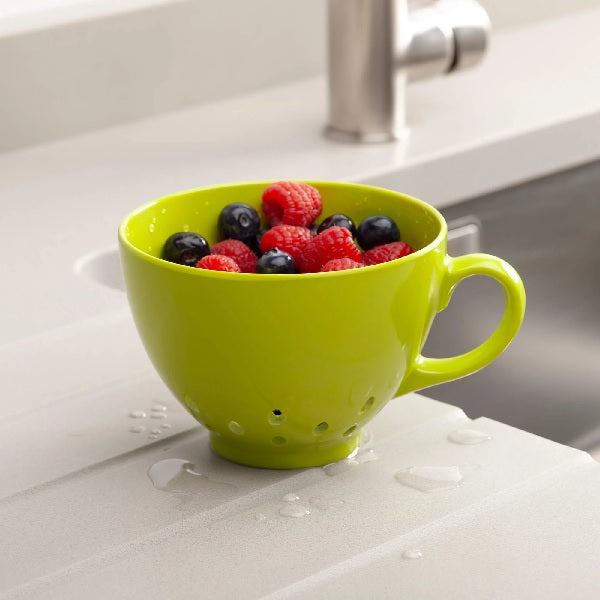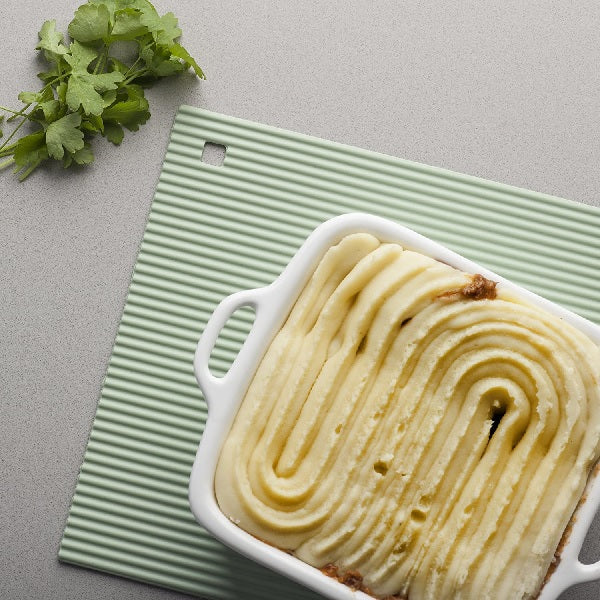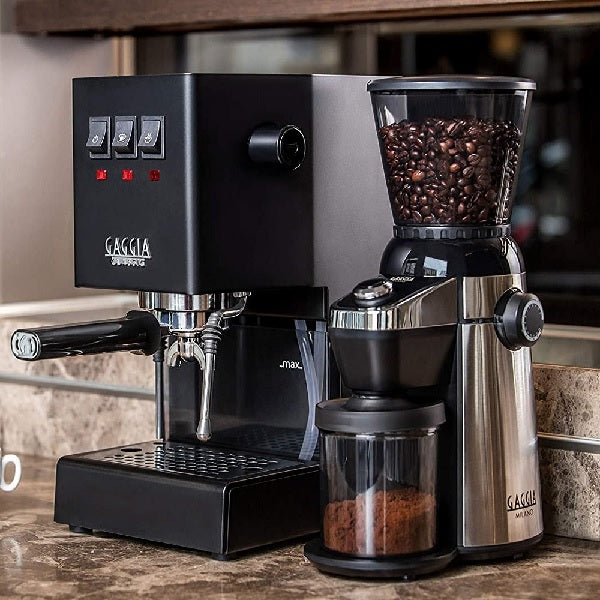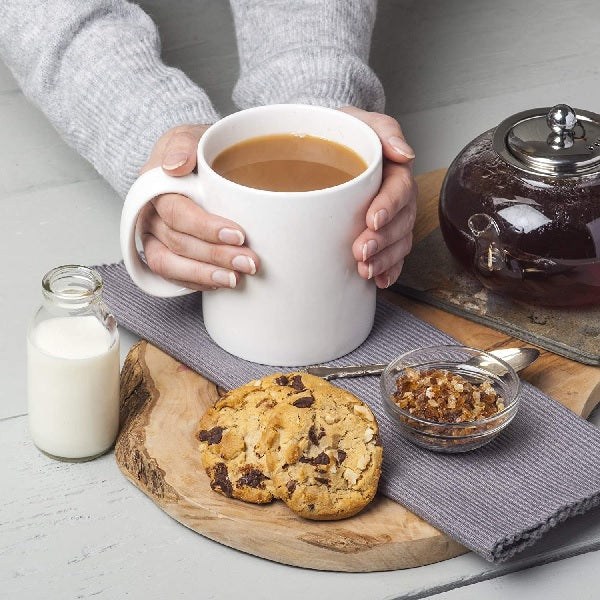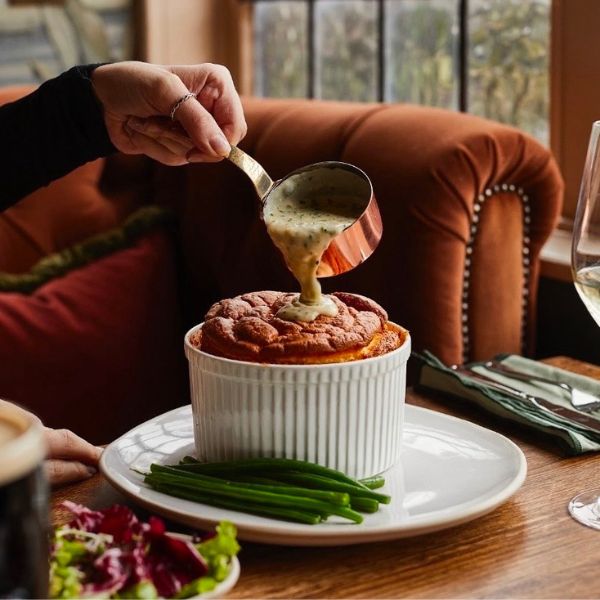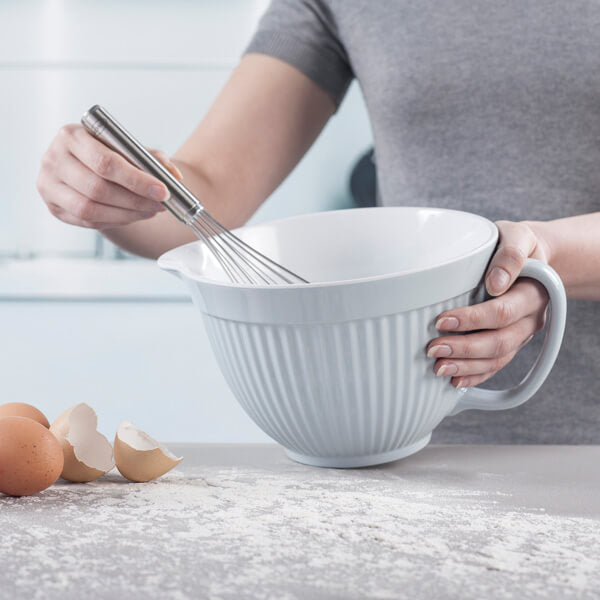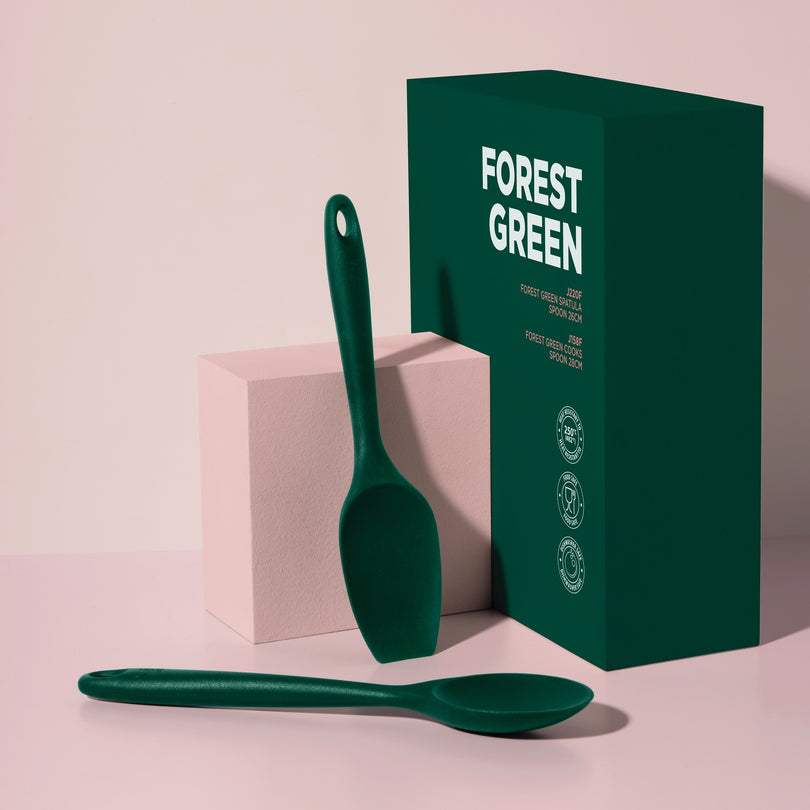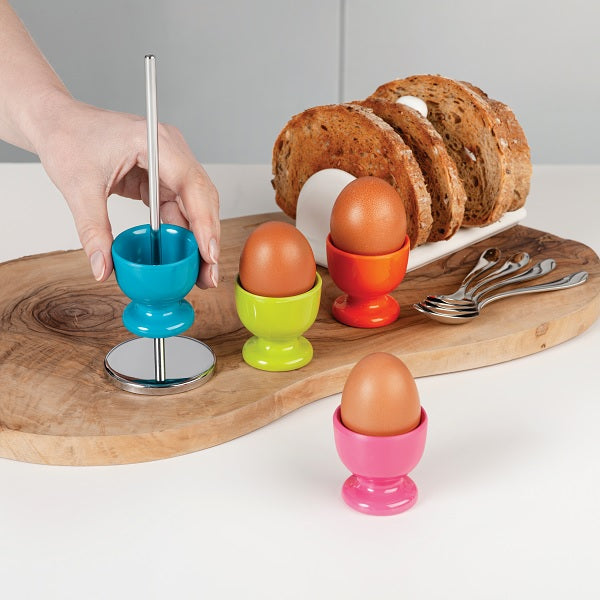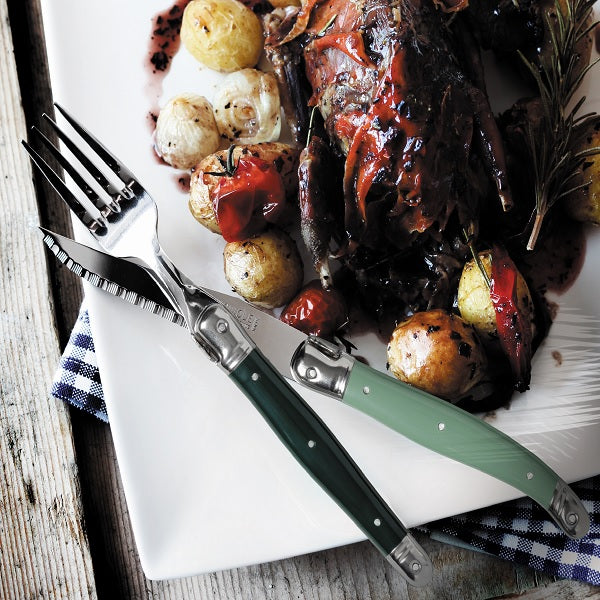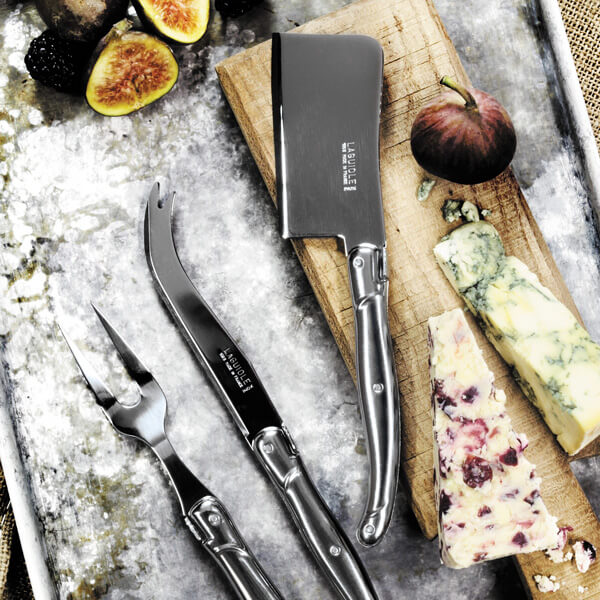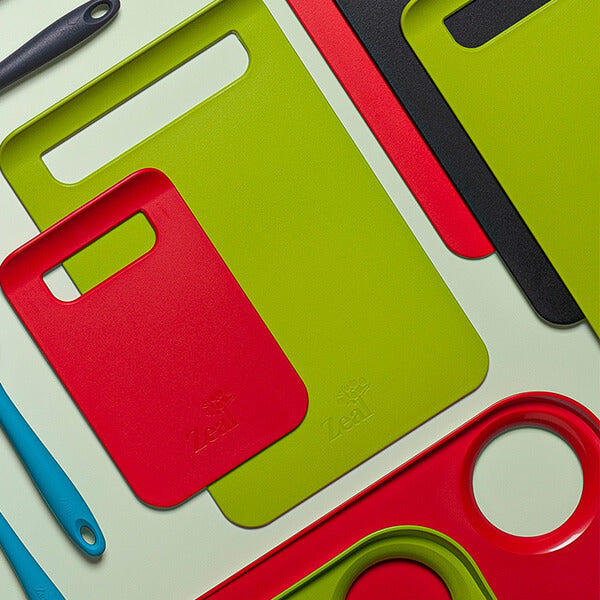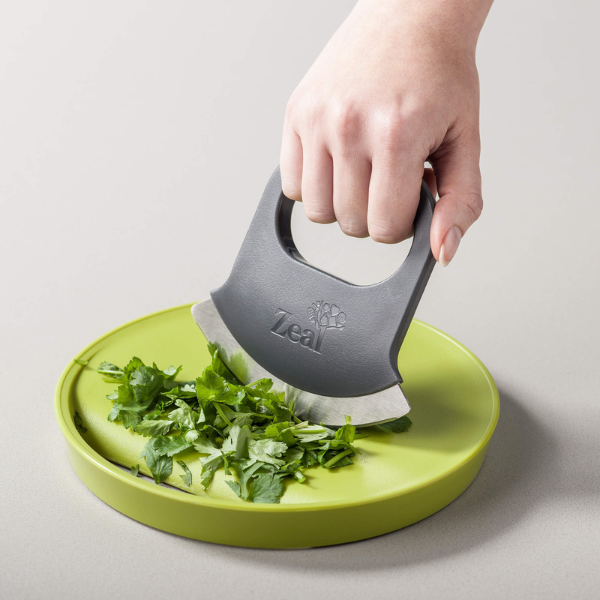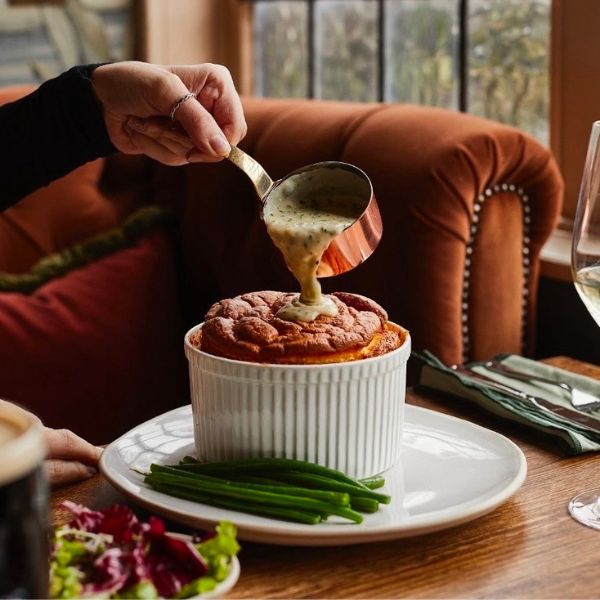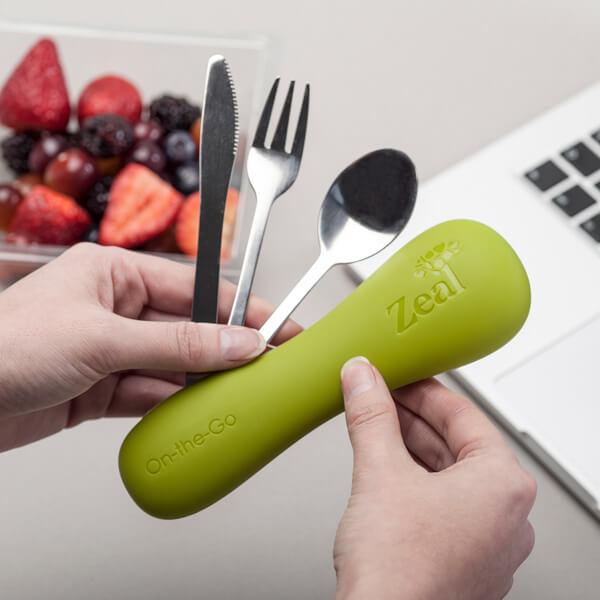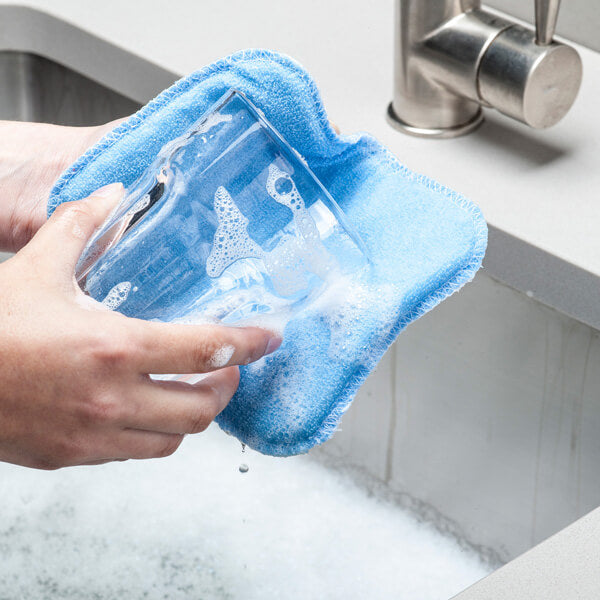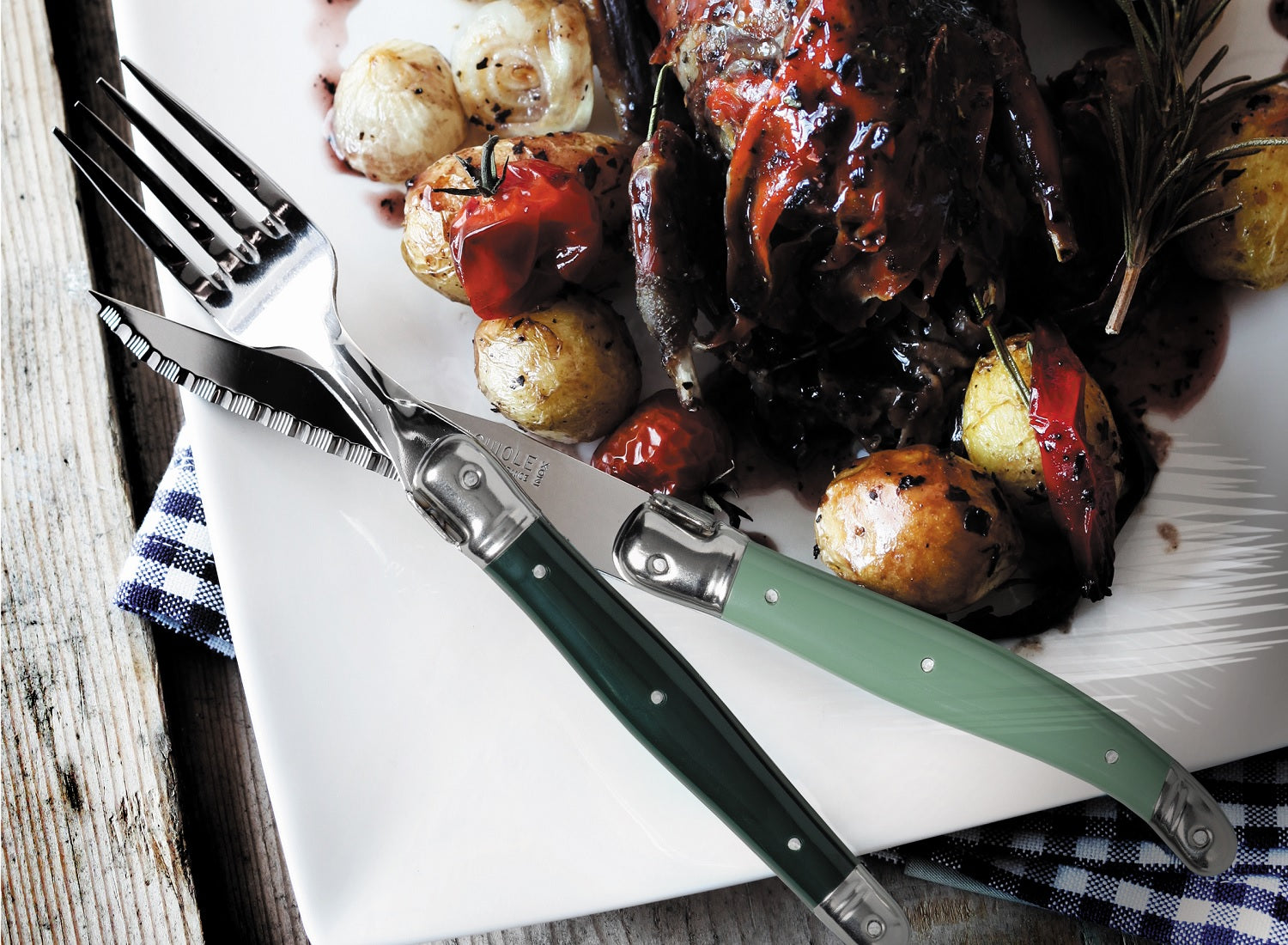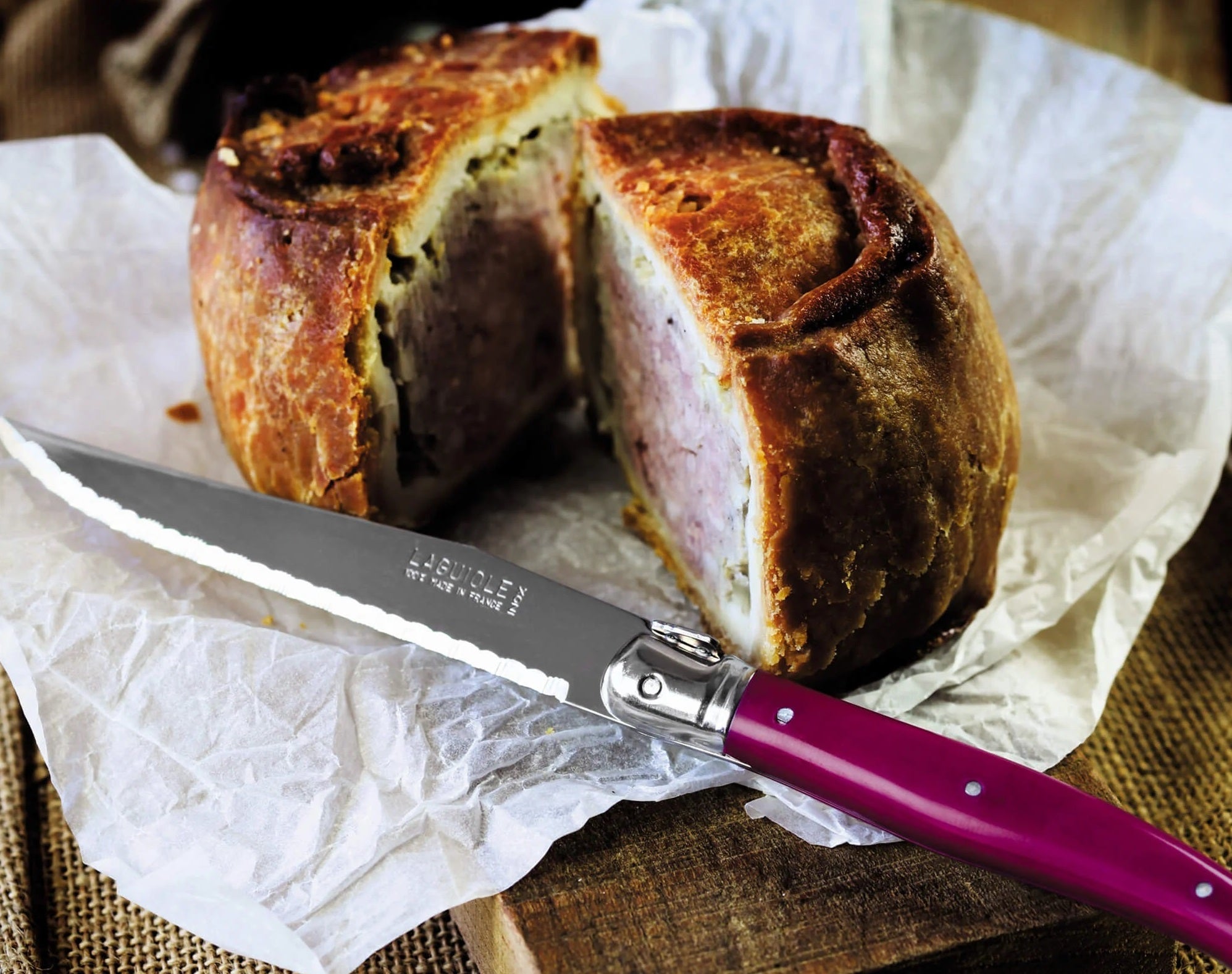In the world of kitchenware, the choice between ceramic and porcelain can be a tricky one. Both materials offer durability, elegance, and versatility, but understanding their differences can significantly impact your culinary results. We will explain some of the differences between ceramic and porcelain, helping to detail why porcelain pie dishes stand out as the ultimate choice for baking.
Ceramic vs. Porcelain: Key Points of Difference.
Composition and manufacturing process: Ceramic and porcelain share a similar foundation, both are crafted from clay, minerals, and water. However, what sets them apart lies in their composition and manufacturing process.
Ceramic: Traditional ceramic is porous and often more susceptible to absorbing liquids. It's fired at lower temperatures, making it less dense and more prone to chipping and cracking. Usually, ceramic is cheaper to produce and of a lower quality.
Porcelain: Porcelain, on the other hand, undergoes a higher firing temperature, resulting in a denser, less porous material. This makes it exceptionally durable, resistant to chipping, and capable of withstanding high temperatures. This results in a high quality and durable product.
Appearance: While ceramic and porcelain can exhibit similar aesthetics, porcelain tends to have a smoother, glass-like finish due to its higher firing temperature.
Versatility: Both ceramic and porcelain offer versatility in kitchen applications, from dinnerware to bakeware. However, porcelain's superior strength and non-porous nature make it ideal for high-heat cooking and baking.
The Pinnacle of Pie Dishes: Why Porcelain Reigns Supreme
When it comes to baking the perfect pie, the choice of dish can significantly impact the outcome. Here's why porcelain pie dishes stand out as the ultimate option:
Even Heat Distribution: Porcelain's dense composition ensures uniform heat distribution, preventing hot spots and yielding evenly baked pies with golden crusts and perfectly cooked fillings.
Durable and Long-Lasting: Porcelain pie dishes are built to last, with resistance to chipping, scratching, and thermal shock. They can seamlessly transition from the oven to the table, adding a touch of elegance.
Easy to Clean: The smooth, glazed surface of porcelain pie dishes makes them a breeze to clean, whether by hand or in the dishwasher.
Aesthetically Pleasing: Beyond their functionality, porcelain pie dishes elevate the presentation of your baked creations. Their traditional elegance and refined appearance make them a stylish addition to any kitchen.
In Conclusion
While ceramic and porcelain both offer their own merits, the superior strength, durability, and performance of porcelain make it the go-to choice for discerning bakers. Whether you're crafting savory quiches or indulgent fruit pies, investing in a porcelain pie dish ensures consistently exceptional results. We stock a wide range of porcelain pie dishes that are available in a variety of shapes and sizes.
Crinkle Rim Porcelain Pie Dishes Oval Porcelain Pie Dishes

